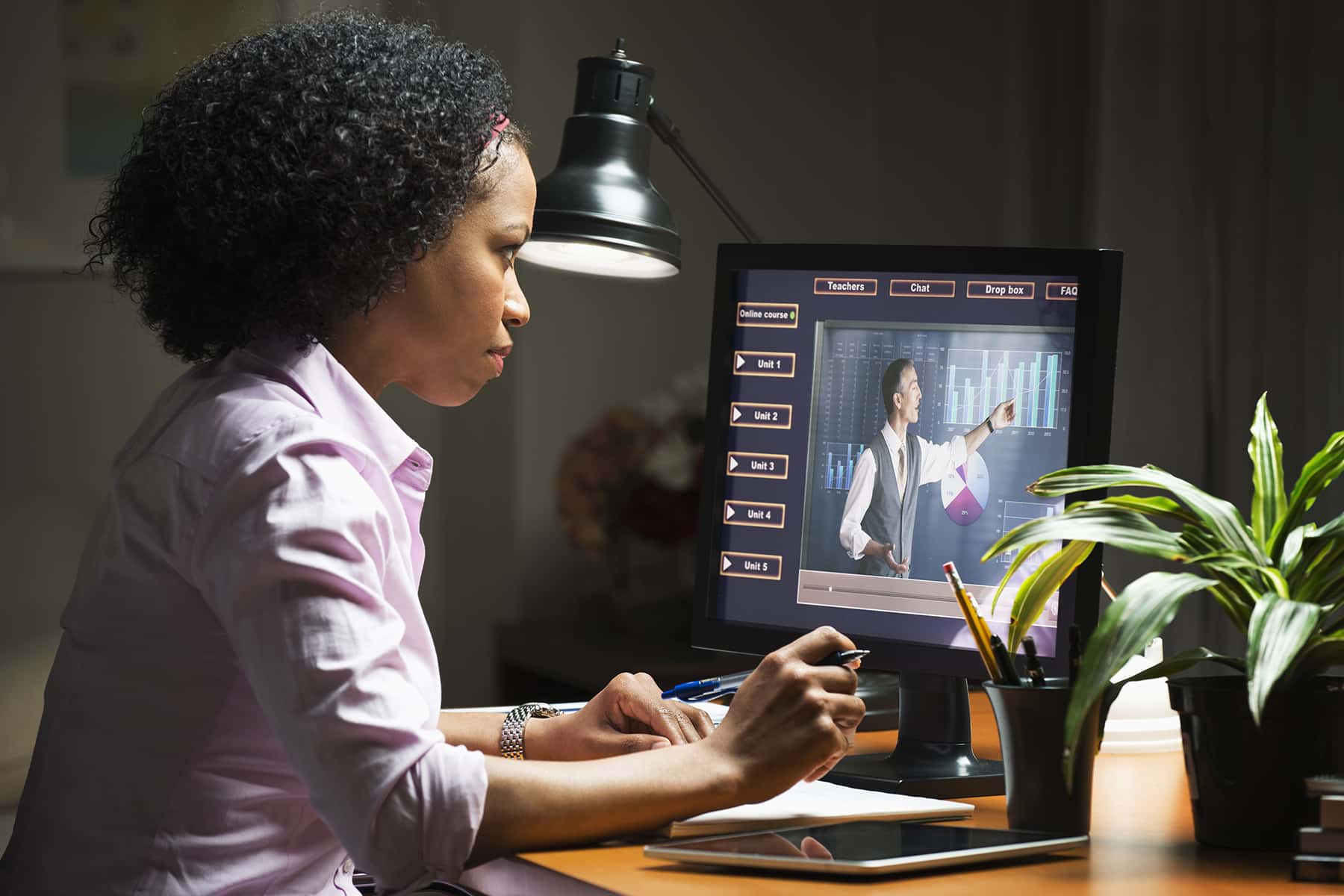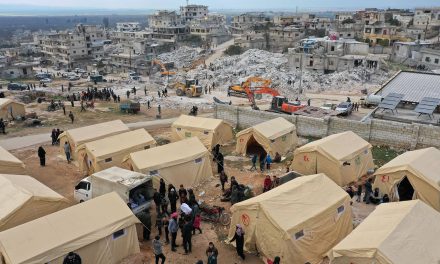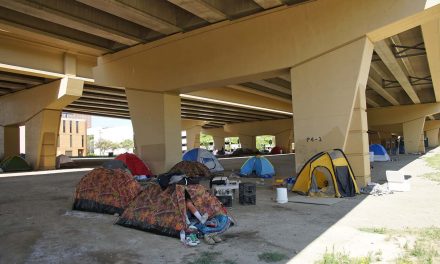
By Vanessa Dennen, Professor of of Instructional Systems & Learning Technologies, Florida State University
Rising concerns about the spread of the new coronavirus have led a growing number of colleges and universities to cancel in-person classes and move them online.
1. How hard will it be?
Moving classes online in the midst of an emergency isn’t unprecedented. It has been done before with local disasters, such as hurricanes and earthquakes. But contending with COVID-19, the disease caused by the new coronavirus, is a different situation. This is a global problem. A sudden shift to temporary or long-term online learning poses a challenge for brick-and-mortar universities to quickly scale up their online learning offerings under less than ideal conditions. It will require that professors and other instructors think about courses in a new way, learning to use new tools and trying new teaching techniques.
2. How different will teaching this way be?
For large classes, it is easy to suggest that a classroom lecture can be shifted to a web broadcast or recorded video. But watching a person lecture online for an hour is not as compelling as sitting in a live classroom. Research has shown that many learners stop watching or paying attention to online lectures after a short period of time. For example, one study found that students tend to stop watching lecture videos after six minutes, regardless of how long the overall video is. In contrast, research suggests that during in-person lectures, the challenge is brief attention declines, with the first one occurring after 10 to 18 minutes.
Instructors can work around this issue by recording brief, focused video lectures or building interactions such as polls and breakout discussions into their live online sessions. However, these solutions tend to require more advance planning and technological ability.
For smaller classes, students and instructors will need to adjust to different types of interactions, whether through video or text-based discussion. Although there are many educational technologies that support engaging course activities, it’s not practical to think that most instructors will be able to learn and incorporate them on short notice. Many students won’t be prepared to use them either.
3. What are some of the biggest challenges?
Assessment is an area where I can see many challenges arising. Instructors may struggle with how to administer and proctor tests and exams, or assess activities such as presentations, speeches and performances that normally occur in person in class.
There are both instructional and technology-based solutions for each of these challenges. For example, tests can be designed for open-book, timed conditions, lessening any concerns about cheating. Instructors can use online proctoring tools. Presentations and speeches can be recorded and uploaded to spaces where instructors and classmates can view them and offer comments and critique. Or they can be done live using web conference tools. Unfortunately, in emergencies like this, there’s little time for these solutions to be explored and implemented.
Restricting access to libraries, labs and other buildings on campus and going virtual may delay or disrupt big research projects. Clinics where students practice offering services to the public will close. A variety of other activities, such as when students defend the thesis or dissertation papers they write to earn their master’s and Ph.D.‘s, and campus interviews for new faculty and staff, will need to move online or be postponed.
4. Do you see any bright spots?
Once the COVID-19 crisis is over, due to increased experience and confidence with using the necessary tools, more instructors and other staff may become more likely to use virtual technology for such things as office hours, presentations and meetings. I do not think this experience will lead immediately to more students enrolling in online courses, but long-term it may make students who had positive experiences more likely to consider online programs in the future.
At the same time, overall attitudes toward online learning may be more polarized than ever. People who struggle to use this technology or access needed services may unfairly equate their experience of online learning under emergency circumstances with online learning quality in general. Either way, colleges and universities will likely end up being better prepared to teach online in the future – whether that is under planned circumstances or an emergency basis.
Originally published on The Conversation as What to expect as colleges and universities move classes online amid coronavirus fears: 4 questions answered
Support evidence-based journalism with a tax-deductible donation today, make a contribution to The Conversation.












